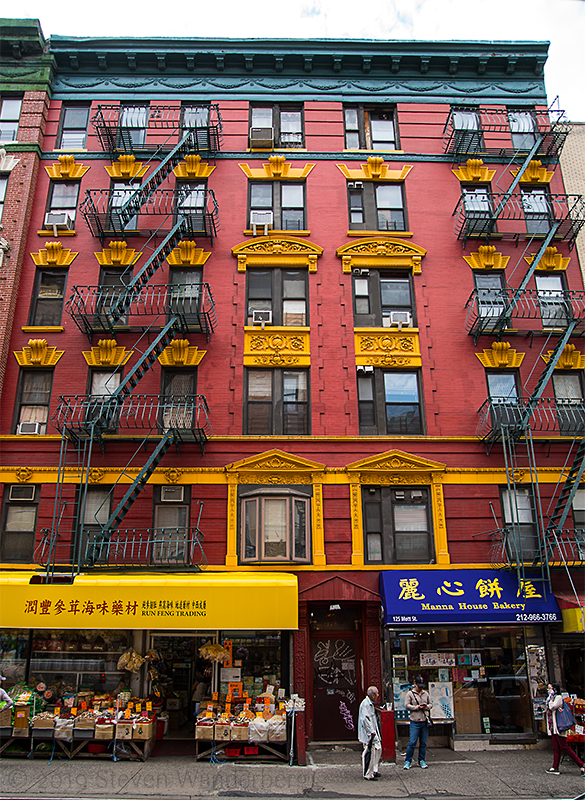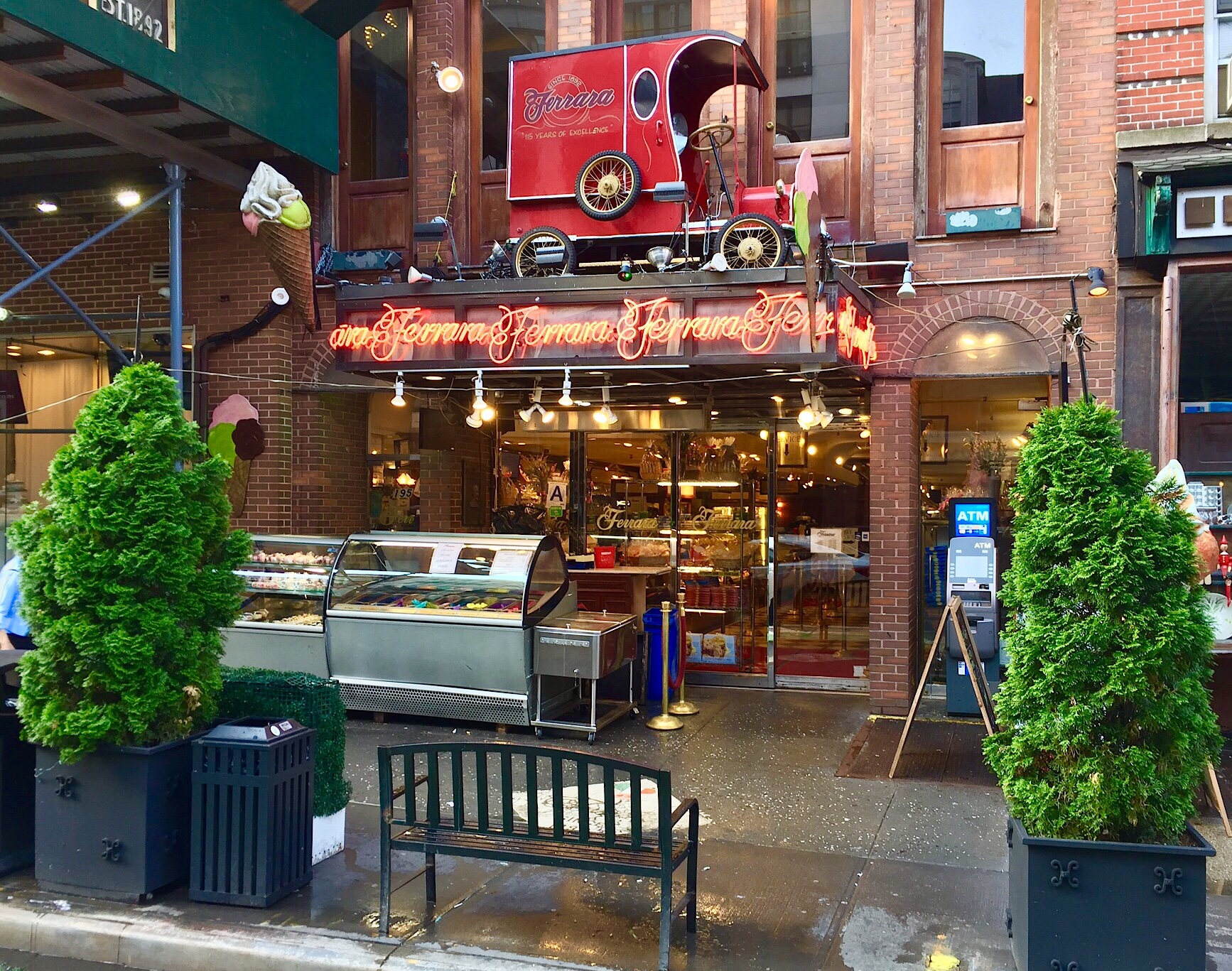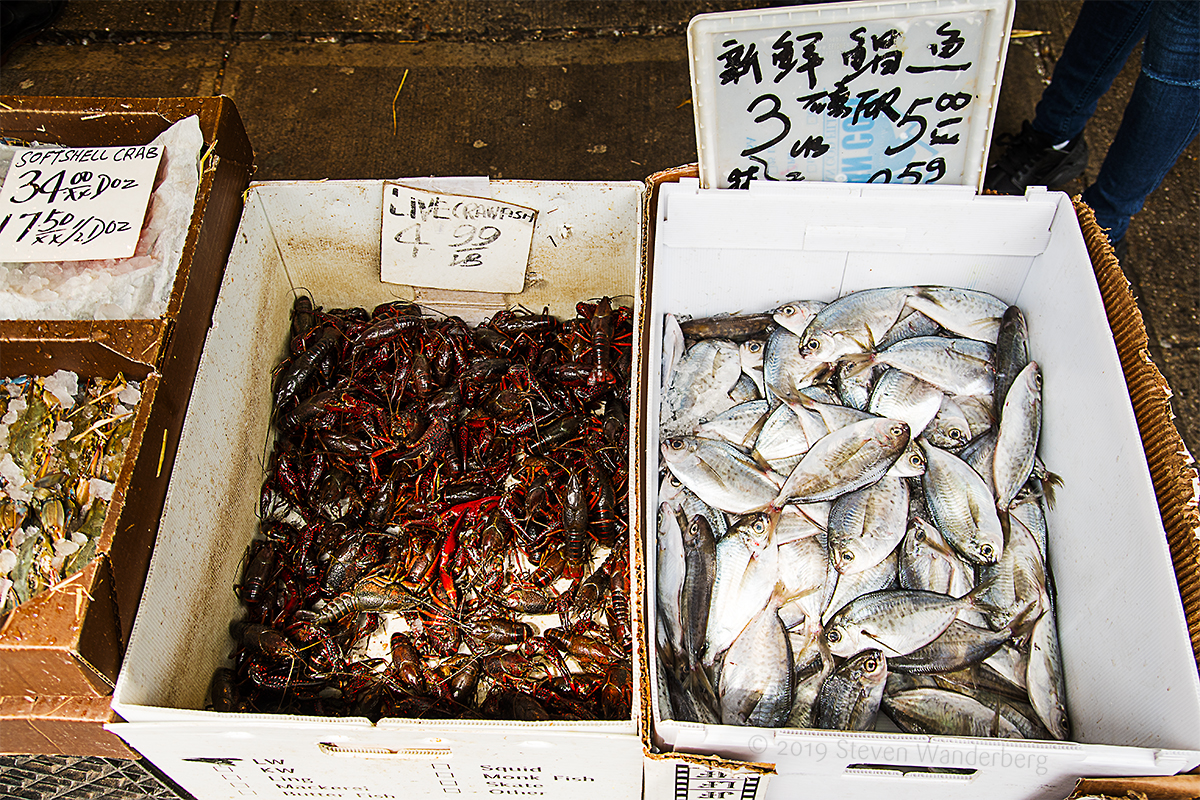by Steven on May 17, 2019
Exploring Chinatown
Manhattan’s Chinatown is the biggest one in the United States, with the largest concentration of Chinese people in the western hemisphere. It is located on the Lower East Side of Manhattan. With an area covering two square miles, Chinatown is home to a resident population estimated at 150,000. Chinatown, NYC is loosely bounded by Lafayette, Worth, Grand and East Broadway streets.

The Chinese first arrived in the U.S. in the early 1800s. During the period of gold rush they digged in mining, worked in manufacturing and building roads and railroads. The Chinese in the U.S. were largely self-supporting, with a growing internal structure of governing associations and businesses that provided jobs, economic aid, social services and protection. In the period from 1882 to 1943 their life became more difficult with the Chinese Exclusion Act, limiting the quarter’s growth.
Chinatown and another amazing neighborhood are located side by side: Little Italy. Sometimes you turn around the corner and find you in another world. It feels like a trip from Canton to Naples just within one moment.

Today Chinatown is a surprisingly diverse neighborhood. Since the 1800’s the area today called Chinatown has been home to the highest number of immigrants in New York City, representing a variety of ethnic groups. In the middle of 18th century, the Irish, Germans, and freed slaves resided here and by the late 1880’s and into early 1900’s the next wave of immigrants brought Eastern European Jews, Chinese and Italians. Today, the majority of Chinatown’s inhabitants are from the Guangdong, Toisan and Fujian Providences in China as well as Hong Kong. The Cantonese community today is well established in this area whereas the Fujianese people, who come from Fujian Province on the southern coast of mainland China, are considered the “new immigrants”. The neighborhood is also home to Dominicans, Puerto Ricans, Burmese, Vietnamese, Filipinos and West Africans, among others.
Since the elimination of the immigration quota in 1968 Chinatown has been growing steadily. Today Chinatown is home to hundreds of garment factories with an an annual payroll bill of over $ 200 million, about 200 restaurants, a jewelry district that rakes in approximately a $ 100 million in gold and diamond sales per year and, last but not least, 27 banks.

We enjoy the hustle and bustle of this apparently never sleeping quarter. What about breakfast? Instead of the fish we take some tasty cookies made by the Chinese Bakery down the street.
Tags: little italy, manhattan, new york, restaurants, streets